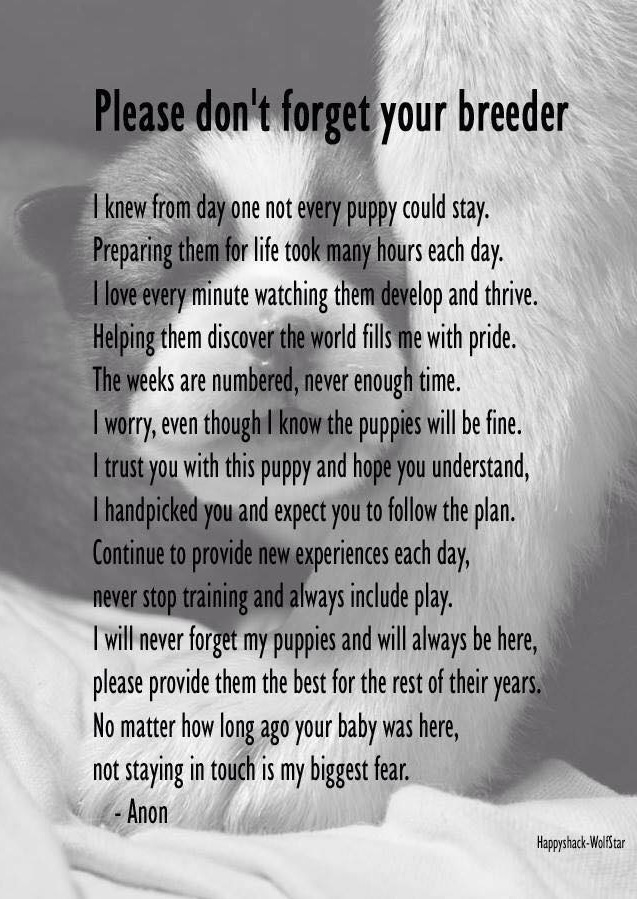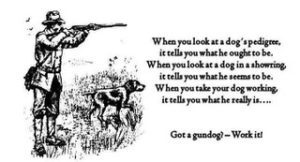I hunt with a woman who has an English Setter. Actually, we hunt the same
fields but never side by side since her dog is a pointing breed and mine
is a flusher. Setters were developed originally to work fast and wide in
open fields in lowish cover where their tails do not contact the cover or
the ground on a regular basis. But where we hunt the cover is high, very
tough, wooded, and extensive. Without fail, every time her setter comes
off the field the tip of his tail is raw and bleeding, every wag sprinkling
blood everywhere. Patty tells me it never gets a chance to heal until the
hunting season is over.
The idea that docking is aesthetic is false. Yes, field breeders only take
off the tip. The reason is because it’s the tip that bears the brunt whenever
the dog goes out to work. Yes, the Clumber tail is profusely feathered,
offering a good buffer from damage, but this is certainly not the case with
all the other Spaniel breeds, least of all those from field breeding. And
don’t think all that hair doesn’t pick up junk and end up being cut off
anyway. Ask anyone who does upland hunting in the weeds and briars with
their Golden Retriever. The rest of us have tails on our dogs that would
be covered like my friend’s Setter, and just as long! Definately at risk
of damage as they constantly whack rocks, stumps, briars, and anything else
that they may encounter.
It’s all good and well to say that a dog that does not work does not need
to be docked. But how do you tell in a litter of 3 day old puppies which
ones will be hunters? Anyone who can do that is a better person than I.
I’d rather just dock them all when it’s a simple, bloodless and relatively
painless procedure than have to perform an amputation when the pup is 10
weeks old or older.
And that anything show bred is assumed to not ever hunt is nothing to be
proud of, either.
For more information check out the web site for The
Council of Docked Breeds



